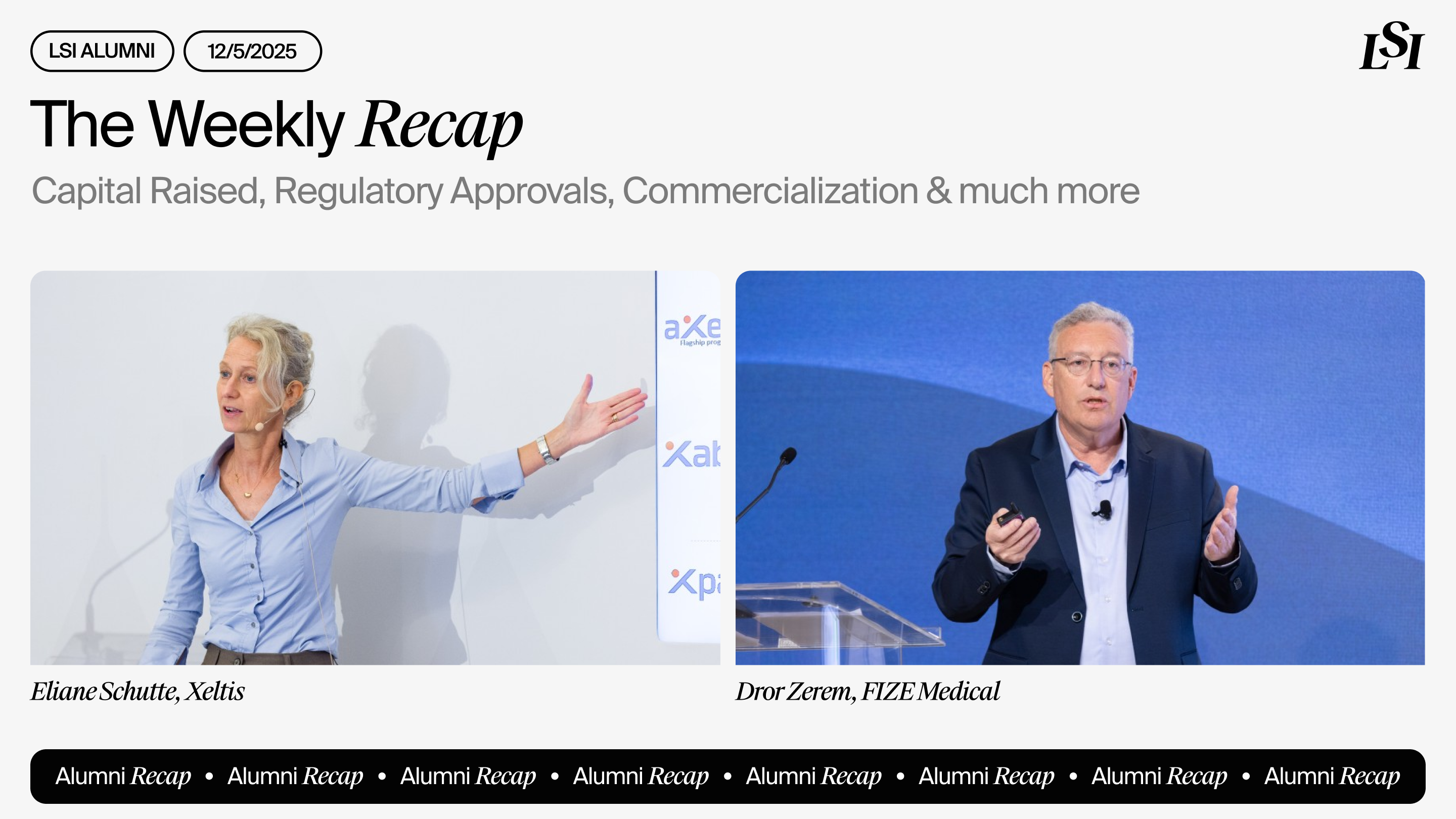
Under the direction of CEO Zhou Fangzhou, NICE Surgical Solutions is tackling one of the most persistent challenges in minimally invasive surgery by engineering a device that makes incisionless, full intracorporeal anastomosis not just possible, but practical.
Co-founded by Dr. Eric Haas, MD, a globally recognized colorectal surgeon, the company is bringing the “NICE Procedure” to life, through the ingenuity of a team of dedicated engineers, fusing clinical credibility with mechanical dexterity to raise the standard of care in colorectal surgery.
“NICE’s technology isn’t an upgrade—it’s a paradigm shift,” said Fangzhou.
Origin Story
The idea for NICE Surgical was born in the operating room. Dr. Eric Haas, Chief of Colon & Rectal Surgery at Houston Methodist, had pioneered a revolutionary approach called the NICE procedure, combining Natural Orifice Specimen Extraction (NOSE) with Intracorporeal Anastomosis (ICA). The technique minimized trauma, improved outcomes, and eliminated the need for large abdominal incisions.
However, widespread adoption was limited. Even with robotic assistance, many surgeons struggled with the technical challenge of intracorporeal purse-string suturing, a pivotal step of anastomosis in colorectal resection.
So, Haas co-founded NICE Surgical Solutions together with Trendlines Medical Singapore, a Singapore/Israel incubator, with one goal: to create a device that simplifies and standardizes this step.
Fangzhou joined the company at its inception and played a central role in developing the device from the ground up. As the work progressed—and especially after witnessing the clinical potential and meaningful benefits the NICE Procedure could bring to patients—he developed a deep conviction in the product and its mission. This belief led him to take on the role of CEO and invest his own capital into the company, demonstrating his full commitment to driving the innovation forward.
The Current Landscape
Over 1.2 million left-sided colorectal procedures are performed each year. Most still rely on extracorporeal anastomosis, which requires a 5–8 cm abdominal extraction incision to remove the specimen and perform purse-string suture outside of the patient’s body.
That approach introduces significant downsides: higher infection risk, incisional hernias, and longer operative time and hospital stays and higher healthcare burden. “Despite decades of progress in laparoscopic and robotic surgery, no commercially available tool effectively enables this step,” said Fangzhou.
Some high-volume centers attempt the procedure robotically, but it can take up to 45 minutes just to form the purse-string suture and requires costly platforms and extensive training. The complexity and lack of standardization have made routine adoption nearly impossible.
Inside the Innovation
NICE Surgical’s single-use laparoscopic device simplifies this step significantly. In under one minute, it enables purse-string suturing, stapling, and resection—all through a trocar, with no need for an abdominal extraction incision.
Here’s how it works:
- Tissue Capture: The device is positioned through a standard-size trocar and placed to clamp the target section of the colon (usually the distal or proximal resection margin).
- Purse-String Suturing: A built-in mechanism deploys sutures around the colon lumen, automatically forming a secure, uniform, circumferential purse-string stitch.
- Stapling and Resection: While the suture is placed, the device delivers the staple lines and simultaneously resects the diseased tissue, sealing off the diseased colon.
- Retrieval: The device is then retrieved, leaving a sutured end ready for intracorporeal anastomosis using a circular stapler.
“It’s automatic, intuitive, and fast,” Fangzhou said. “Compared to the current standard, our device is simpler, safer, and unlocks the full promise of minimally invasive surgery.”
Progress and Milestones
NICE Surgical has completed preclinical testing in porcine models. The company is now in the process of regulatory submissions and human clinical trials. The company is seeking funds in its Series A round of US$4M to advance some of these key milestones.
The initial market focus is the U.S., which accounts for 40% of the global laparoscopic device market. “Our KOLs are in the U.S.,” Fangzhou noted. “They have great influence in the clinician community, and we anticipate a large early adopter group.”
Plans for China and the EU are also in motion. NICE is actively seeking strategic partners in China and has strong clinical support from physicians from Singapore’s National Healthcare Group.
“We’ve built this innovation from the ground up, starting with real clinical needs—validated it in labs, protected the IP, and aligned our development with regulatory and commercial pathways,” Fangzhou said. “This is not a concept; it’s a working solution, developed by a team that combines engineering execution with clinical credibility—including a founding colorectal surgeon who helped define the problem from the inside out.”
Market Insights
The clinical community is increasingly shifting toward intracorporeal anastomosis (ICA) and natural orifice specimen extraction (NOSE) in colorectal surgery. This trend is driven by a growing body of evidence showing that these techniques offer superior patient outcomes, including reduced pain, lower infection rates, faster recovery, and better cosmesis, compared to traditional extracorporeal approaches.
ICA is now gaining momentum as the next standard of care in left-sided colectomy, especially as surgical teams become more experienced with advanced laparoscopic and robotic methods. However, technical barriers—most notably the difficulty of performing purse-string suturing intracorporeally—continue to limit widespread adoption.
NICE Surgical’s technology directly addresses this barrier. By offering a reliable, single-use device that simplifies purse-string suturing, stapling, and resection into one intracorporeal step, NICE acts as a catalyst for ICA and NOSE adoption. It reduces the technical threshold, makes incisionless surgery more accessible, and aligns with the global trend toward minimally invasive, patient-centered care. As ICA becomes more widely accepted and recommended, the demand for enabling tools like NICE’s device will rise in parallel, creating a positive feedback loop between clinical adoption and product demand. NICE is strategically positioned at the intersection of this shift, offering a solution that both supports the emerging gold standard and benefits from its growth.
Join Us at LSI Asia ‘25
Fangzhou has been selected to present at LSI Asia '25 (June 10-13) in front of hundreds of global medical technology companies. Join us in welcoming Fangzhou to the event in Singapore, where he will share the latest updates on Nice Surgical Solutions’ technology and development.

Schedule an exploratory call
Request Info17011 Beach Blvd, Suite 500 Huntington Beach, CA 92647
714-847-3540© 2025 Life Science Intelligence, Inc., All Rights Reserved. | Privacy Policy










